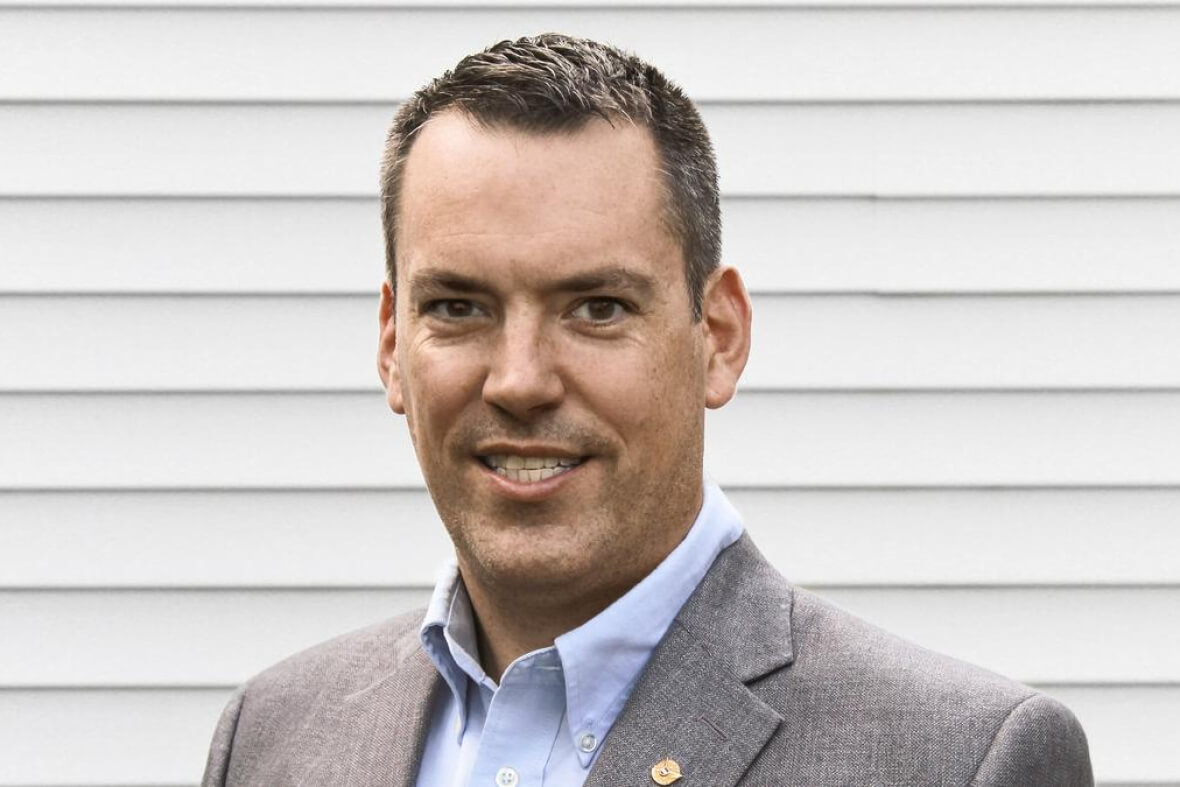On 3 February, Boryspil International Airport, the main air hub for Ukraine’s capital Kyiv, proudly announced the opening of an exhibition at Terminal D of 12 stylised portraits of prominent Ukrainian women-scientists and their stories. “Boryspil Airport is not only an enterprise where a large number of engineering and technical employees are women; it is also a public place where different people will have the opportunity to see this unique exhibition,” said Andriy Tarasenko, head of terminal complex at the airport.
Twenty-one days later, on 24 February 2022, Russia invaded Ukraine and Boryspil, located to the south-east of the capital, shut down – as did Kyiv Sikorsky International Airport, situated near the downtown area on the western side of the city. This smaller airport had Wizz Air as its main operator and served 1.4 million passengers in 2021.
Boryspil, meanwhile, handled 9.4 million passengers in 2021, some 62% of its pre-Covid level of 2019 and a significant rise over 2020. In its press release of 6 January, the airport said: “In 2021 we put increased effort into attracting new airlines and launching new routes and destinations. As of today, 38 airlines work with the Airport. Of these, nine airlines entered the market for the first time, and out of 117 operated destinations, 12 are new,” said director general Oleksiy Dubrevskyy.
Ukraine and its airports were on the up, as was cargo. In fact, the cargo terminal at Boryspil was operating almost at capacity and a new one was going to start construction this year. Today, terminals and the apron are silent. Boryspil’s website shows the flights that should be operating, for example Ukraine International Airlines to Tel Aviv, Wind Rose to Odessa, or Ryanair to Venice.
For Ukrainians, and many others, the clock stopped for normal life on 24 February. In the lead-up to this date we were all looking and planning for what the year would hold as people began travelling again. The prospect of a war in Europe was unthinkable.
Viewed through the lens of air transportation, the war has multiple deep impacts. The ostracism of Russia makes us wonder when we will see our industry colleagues from the country’s airports such as Domodedovo and Sheremetyevo at a Routes event again. Russia effectively turns into a domestic-only market. Sheremetyevo had enjoyed a strong 2021; its passenger numbers grew by over 50% to 31 million, making it one of the top three airports in Europe. What happens there and at other Russian airports is a major question mark for 2022.
As the articles in this issue testify, the market is picking up, albeit in very different ways and at different speeds in every region. Even for those that are untouched directly by the Russian invasion there are plenty of risks to growth, including rising fuel prices, increasing interest rates and the chance of further Covid variants.
These risks pale against the pictures we see on the news from Ukraine. The women-scientist portraits at Boryspil only gained a few admirers. We pray for the time we can see them again.

















